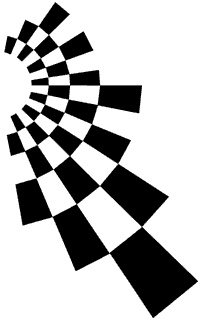
Nottingham Visual Neuroscience
School of Psychology
Research
Nottingham Visual Neuroscience group studies a wide variety of questions and uses a great range of techniques to address them.
We are particularly interested in;
- mid-level vision. How are signals from early visual filters combined to allow the detection of second-order patterns, and groups of edges.
- encoding and read-out mechanisms. How do later stages of the visual system 'read' the outputs of the lower-level mechanisms? Given multiple neurons firing, how does it decide which is the most important?
- perceptual learning. The visual system is not trained during infancy and then fixed; it continues to develop and improve with experience all the time, but we don't know how, when or where in the stream this improvement occurs
- translational neuroscience. How do we improve the lives of those with visual deficit? For example, how might perceptual learning (see above) be used to improve certain conditions, such as amblyopia?
For particular projects associated with these broad interests, look at the page of current grants held by the group and some of our recent publications.
Techniques and facilities
The group uses a great range of different techniques including;
- psychophysics
- computational modelling
- fMRI (1.5T, 3T, even 7T!)
- TMS
- electrophysiology
- EEG/ERP (actually we don't use this much, to be honest!)

